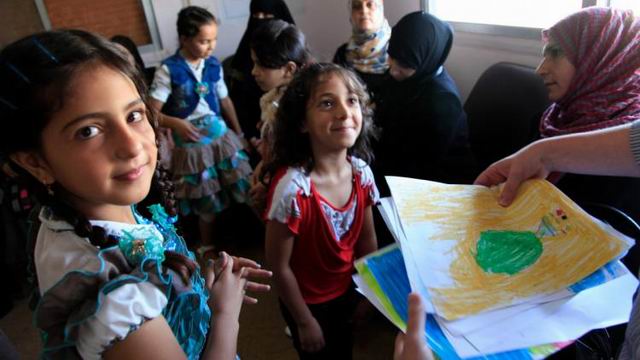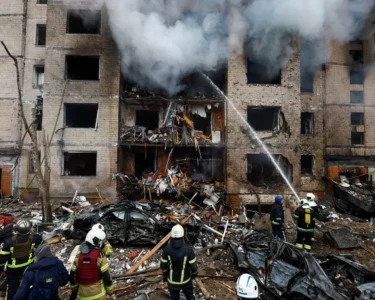“Near-zero progress” on the universal educational front, says UNICEF
Bourne Urges the International Community to do More on the Educational Front.
United Nations Children’s Fund (Unicef) has concluded that extensive poverty, drawn-out conflicts, and complex humanitarian emergencies have pulled more and more students out of schools, depriving them of their educational rights.
A Unicef spokesman said that there has been “near zero progress” in the provision of educational facilities to the poorest countries of the world.
There had been a pledge by the international community in 2000 to provide a primary education for all children by 2015 – as part of the millennium development goals. Despite having rapid progress in the early years of the century the movement rapidly lost momentum as it plunged into economic and management crises.
Unesco warns that the latest sustainable development goals scheduled to completed by 2030 may also be missed. They predicted that if the current pattern was to ensue; the educational goals will not be fulfilled till 2045. They furthered calculated that there is a void of 69 million teachers that need to be filled if the international community intends to deliver the universal primary education goals by 2030.
With 11.5 percent of school-age children – or 123 million missing schools today, compared to 12.8 percent – or 135 million – in 2007, the percentage of out-of-school 6-15-year-olds has barely decreased in the last decade, according to UNICEF.
Of the 123 million children missing out on school, 40 percent live in the least developed countries and 20 percent live in conflict zones.
Jo Bourne—the Associate Director and Global Chief of Education—said that the program was mismanaged and ignored the “realities of the volatile world”. Bourne maintained that despite the intentions to meet the target, the world leaders have made nearly no progress in actualizing universal primary education goals.
According to her, the program needs more than financial viability. “This business-as-usual approach will not get the most vulnerable children into school – and help them reach their full potential – if they continue to be trapped in poverty, deprivation, and insecurity,” she added.
Unicef pointed out that continued war may also reverse the educational gain.
The Sub-Saharan Africa is the worst-hit region, where the lack of education has been made worse by population explosion.
The conflict in Syria and the Middle East has effectively reversed the educational gains by putting 3.4 million children out of schools. This brings the number of out-of-school children across the Middle East and North Africa back to 2007’s level of approximately 16 million. These children might have lost access to education due to structural damage to the schools or the area where they live might be hit by war directly. Some of these children are now refugees–having fled their war-ridden homeland.
Conflict, poverty stall progress on education rates: Unicef
There were also shortfalls in funding from international donors.
Unicef said that six months into 2017, it had received only 12% of the funding needed to educate children in areas affected by a humanitarian crisis.
Ms. Bourne said there needed to be “greater and more predictable funding for education in unpredictable emergencies”.
There is some good news though. Nigeria and Ethiopia have made admirable progress–two of the poorest countries of the world have seen the highest enrollment rates of 19 and 15 percent respectively. Yet, this will not be enough to cover up the losses that the war has inflicted, and continues to do so, on the efforts of UN.




